Gameplay Insights
- 1
Players carefully used Obeka’s ability to flash creatures and spells on opponents’ turns to maximize tempo and maintain board control.
- 2
Valkyrie Harbinger was bounced in response to its enter-the-battlefield trigger to prevent an opponent from gaining too much life advantage, demonstrating good threat assessment and interactive play.
- 3
The use of Mocking Sprite to reduce sorcery costs and drain opponents life showed synergy between cost reduction and incremental damage.
- 4
Ramp artifacts like Soul Ring and mana fixing lands like Hallowed Fountain enabled early deployment of threats and commanders, accelerating board development.
- 5
Players showed political awareness by choosing when to attack and when to hold creatures back, especially in response to flying and lifelink creatures on the board.
Notable Cards
-
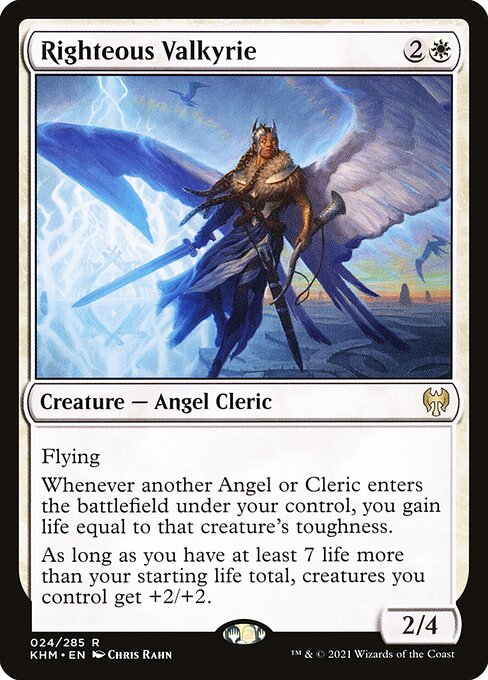
Righteous Valkyrie
-
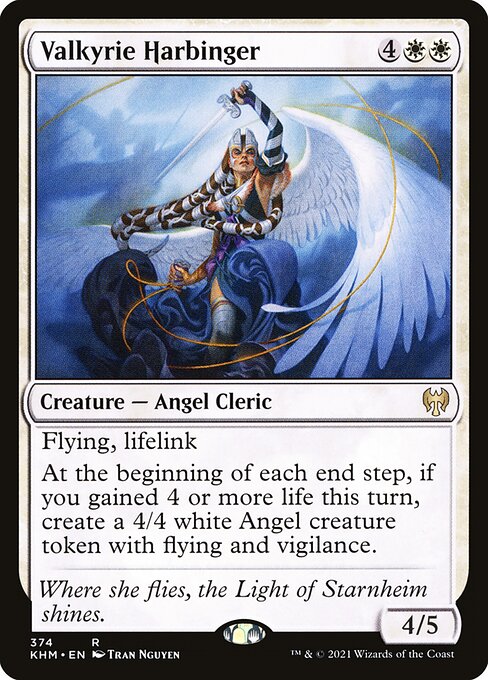
Valkyrie Harbinger
-
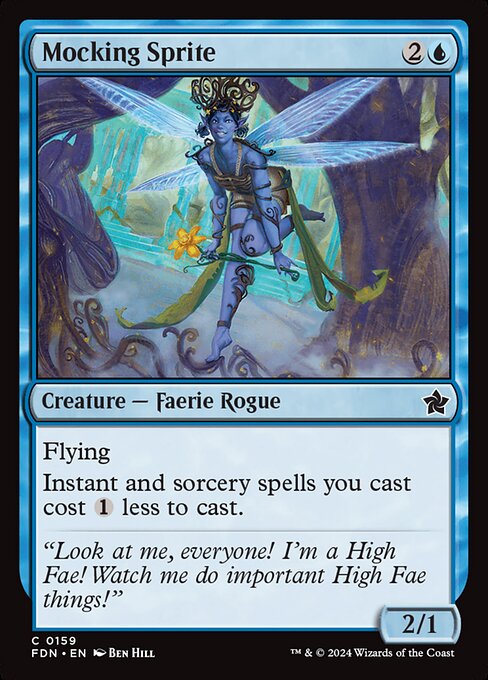
Mocking Sprite
-

Arcane Signet
Gameplay Summary
The game began with a slow early setup phase as players developed their mana bases and laid down initial creatures and ramp spells.
The player piloting Aragorn, the Uniter focused on assembling a four-color surprise deck anchored by angels, emphasizing synergy with flying vigilance creatures and incremental life gain.
Giada, Font of Hope's player prioritized angel tribal strategies with multiple angels entering the battlefield and enhancing each other with counters.
Obeka, Splitter of Seconds’ pilot leveraged her ability to cast spells on other players' turns, creating tempo plays and generating value from instant-speed interactions.
Meanwhile, Obyra, Dreaming Duelist’s player ramped aggressively with artifacts and enchantments like Soul Ring and Mocking Sprite, enabling cheaper spellcasting and board presence.


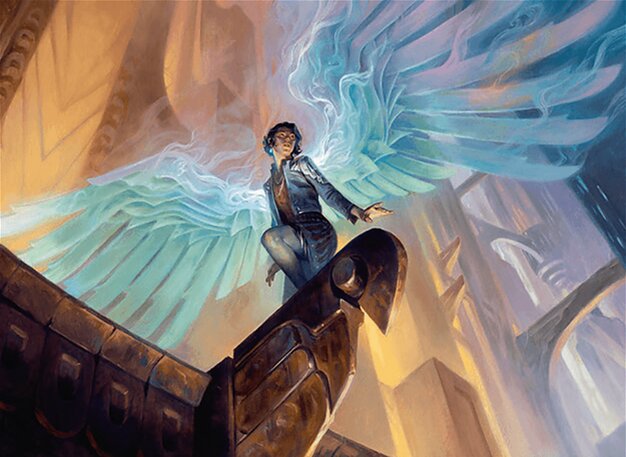

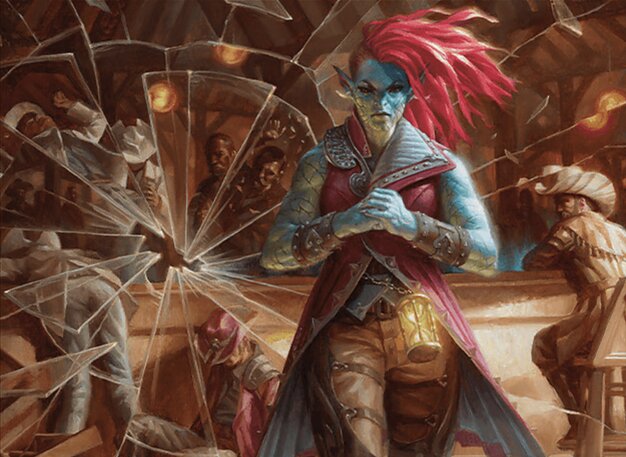

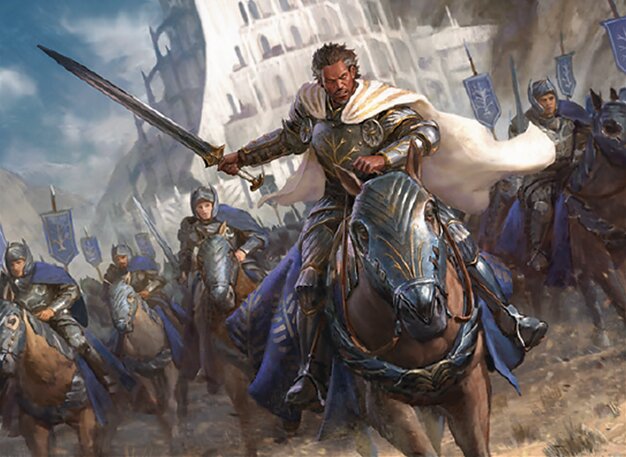


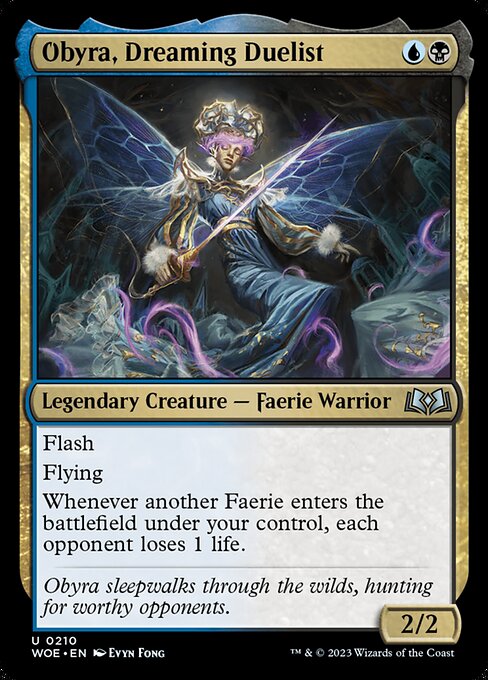




























![Enchantments As Backgrounds [Commander VS 298] | Magic: the Gathering EDH Commander Gameplay thumbnail](https://i.ytimg.com/vi/MTZ5_0If6s4/sddefault.jpg)
![More Streets of New Capenna [Commander VS 289] | Magic: the Gathering Commander Gameplay thumbnail](https://i.ytimg.com/vi/77jT1j7598Q/sddefault.jpg)






